Home>Gardening & Outdoor>Landscaping Ideas>What To Use To Kill Crab Grass
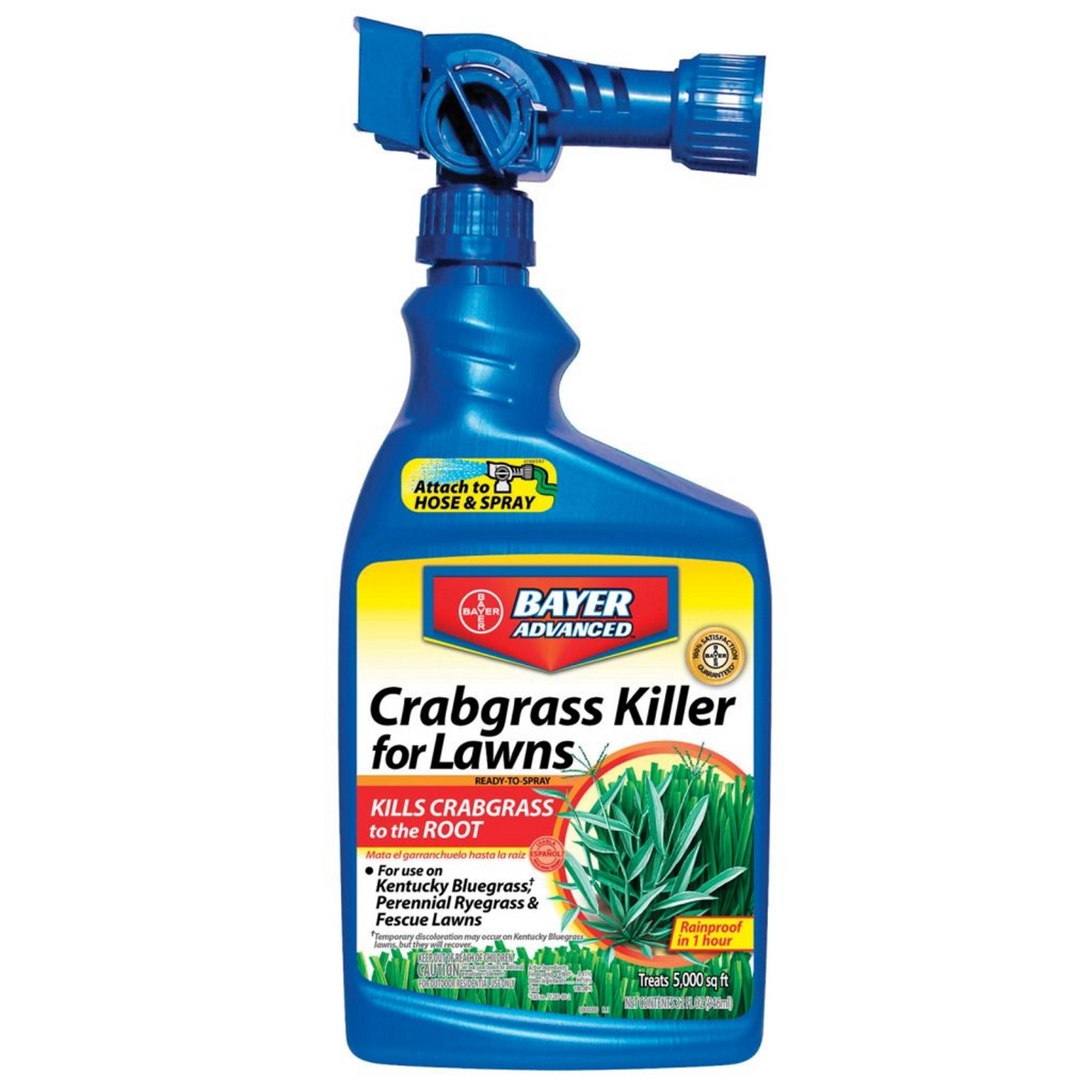

Landscaping Ideas
What To Use To Kill Crab Grass
Modified: February 18, 2024
Discover effective landscaping ideas and products to eliminate crabgrass from your lawn. Find the best solutions for killing crabgrass and improving your lawn's health.
(Many of the links in this article redirect to a specific reviewed product. Your purchase of these products through affiliate links helps to generate commission for Storables.com, at no extra cost. Learn more)
Introduction
Welcome to the battle against crabgrass – the persistent, unwelcome guest in many a well-tended lawn. If you’ve ever struggled to maintain a lush, green lawn, only to find it marred by the presence of crabgrass, you’re not alone. This resilient weed can quickly take over, disrupting the uniformity and beauty of your lawn. However, fear not, as there are effective strategies to combat this pesky intruder. In this article, we’ll explore various methods to eradicate crabgrass, ranging from chemical herbicides to natural remedies and preventive measures. By understanding the nature of crabgrass and the available solutions, you can equip yourself with the knowledge to reclaim your lawn and prevent future invasions.
Key Takeaways:
- Say goodbye to crabgrass by understanding its life cycle and using targeted herbicides or natural remedies. Prevention is key to maintaining a lush, weed-free lawn.
- Combat crabgrass with cultural practices, organic herbicides, and preventive measures to create a healthy, resilient lawn that naturally resists weed encroachment.
Read more: What To Use To Kill Grass
Understanding Crab Grass
Before delving into the eradication methods, it’s essential to understand the adversary at hand. Crabgrass, scientifically known as Digitaria, is an annual weed that thrives in lawns, gardens, and other cultivated areas. Its name is derived from the crab-like appearance of its sprawling growth, which can quickly overtake the surrounding grass. This invasive plant germinates from seeds each year, thriving in warm weather and spreading rapidly if left unchecked.
Identifying crabgrass is crucial for effective eradication. Its wide, coarse blades and low-growing, clumping nature distinguish it from the surrounding grass. Additionally, crabgrass produces seed heads that resemble tiny, finger-like protrusions, contributing to its distinctive appearance.
Understanding the life cycle of crabgrass is equally important. As an annual weed, crabgrass completes its life cycle within a year, germinating from seeds in the spring, flourishing throughout the summer, and dispersing seeds in the fall before succumbing to winter frost. This cycle perpetuates the weed’s presence, making it a recurring nuisance for many lawn enthusiasts.
Crabgrass is particularly resilient due to its ability to thrive in adverse conditions, including compacted soil and areas with limited water and nutrients. Its adaptability and rapid growth make it a formidable opponent in the quest for a pristine lawn.
By familiarizing yourself with the characteristics and life cycle of crabgrass, you can effectively target and eliminate this persistent weed, restoring the beauty and uniformity of your lawn.
Chemical Herbicides
When faced with a widespread crabgrass infestation, chemical herbicides can offer an effective solution. These products are specifically formulated to target and eliminate unwanted weeds, including crabgrass, while minimizing harm to desirable plants when used as directed.
Selective herbicides designed to combat crabgrass without harming your lawn include those containing the active ingredients quinclorac, dithiopyr, or fenoxaprop. These chemicals work by disrupting the growth and development of crabgrass, ultimately leading to its demise. Pre-emergent herbicides, such as those containing prodiamine or dithiopyr, can be applied before crabgrass seeds germinate, creating a barrier that prevents their growth.
Post-emergent herbicides are effective for targeting existing crabgrass. Products containing the active ingredient mesotrione can be applied to actively growing crabgrass, effectively halting its growth and causing it to wither away. It’s important to carefully follow the application instructions, ensuring that the herbicide is applied when the crabgrass is actively growing and not under stress from drought or excessive heat.
When using chemical herbicides, it’s crucial to prioritize safety. Always read and follow the instructions provided by the manufacturer, including recommended protective gear and application techniques. Additionally, consider the environmental impact of these products and use them responsibly to minimize harm to beneficial insects, wildlife, and water sources.
While chemical herbicides can be an effective tool in the fight against crabgrass, it’s important to weigh their benefits against potential drawbacks. Some individuals may prefer alternative methods, such as natural remedies, to minimize the use of synthetic chemicals in their lawn care regimen. Ultimately, the choice of herbicidal treatment depends on individual preferences, the extent of the crabgrass infestation, and environmental considerations.
Use a pre-emergent herbicide in early spring to prevent crabgrass from germinating. For existing crabgrass, use a post-emergent herbicide specifically designed to target crabgrass.
Natural Remedies
For those seeking alternative approaches to combat crabgrass, natural remedies provide a sustainable and eco-friendly means of weed control. These methods harness the power of natural ingredients and cultural practices to suppress crabgrass growth and promote a healthy, resilient lawn.
- Cultural Practices: One of the foundational strategies for managing crabgrass involves promoting the vigor of your lawn to outcompete the weed. This can be achieved through proper mowing, watering, and fertilization. Maintaining a taller grass height shades the soil, inhibiting crabgrass germination, while consistent watering and balanced fertilization contribute to a robust lawn that naturally resists weed encroachment.
- Organic Herbicides: Organic herbicidal products offer a natural alternative to synthetic chemicals. Ingredients such as acetic acid (vinegar), citric acid, or essential oils can be effective in suppressing crabgrass when applied directly to the weed. While these products may require repeated applications for optimal results, they offer a non-toxic approach to weed management.
- Manual Removal: Hand-pulling or digging out crabgrass can be an effective method, particularly for isolated patches. It’s essential to remove the entire plant, including its roots, to prevent regrowth. This method is labor-intensive but can be gratifying for those who prefer a hands-on approach to weed control.
- Corn Gluten Meal: This natural byproduct of corn processing serves as a pre-emergent herbicide, inhibiting the germination of crabgrass seeds. When applied in the spring before crabgrass seeds sprout, corn gluten meal can help suppress weed growth while providing a source of nitrogen for your lawn.
It’s important to note that natural remedies often require consistent application and may take longer to yield visible results compared to chemical herbicides. However, their eco-friendly nature and minimal impact on beneficial organisms make them an appealing choice for environmentally conscious individuals.
When implementing natural remedies, it’s essential to manage expectations and recognize that a multifaceted approach, combining cultural practices, natural remedies, and preventive measures, is often the most effective strategy for long-term crabgrass control.
Preventing Crab Grass
Prevention is a crucial aspect of managing crabgrass and maintaining a healthy lawn. By implementing proactive measures to inhibit crabgrass growth, you can minimize the need for extensive eradication efforts and preserve the beauty of your lawn. Here are several preventive strategies to consider:
- Proper Lawn Care: Consistent lawn maintenance practices play a pivotal role in preventing crabgrass infestations. Mowing your lawn at the appropriate height, typically 2.5 to 3 inches for most grass species, shades the soil and inhibits crabgrass seed germination. Additionally, regular watering and balanced fertilization contribute to a dense, healthy lawn that naturally resists weed encroachment.
- Overseeding: Introducing new grass seed to your lawn through overseeding helps fill in bare patches and creates a dense turf that discourages crabgrass establishment. Selecting high-quality grass seed suitable for your region and lawn conditions enhances the resilience of your lawn against weed infiltration.
- Soil Aeration: Compacted soil provides an ideal environment for crabgrass to take root. Aerating your lawn alleviates soil compaction, improves water and nutrient penetration, and promotes a healthier turf, reducing the likelihood of crabgrass invasion.
- Timing of Pre-Emergent Applications: Applying pre-emergent herbicides at the right time is critical for effective crabgrass prevention. Timing the application before the soil temperature reaches the threshold for crabgrass germination, typically in early spring, creates a barrier that inhibits seedling establishment.
- Regular Inspections: Vigilance is key to early crabgrass detection. Regularly inspect your lawn for signs of crabgrass growth, especially in vulnerable areas such as thin or bare spots. Promptly addressing any emerging crabgrass can prevent its spread and minimize the need for extensive intervention.
By integrating these preventive measures into your lawn care routine, you can fortify your lawn against crabgrass invasions and reduce the reliance on reactive eradication methods. Prevention not only safeguards the aesthetic appeal of your lawn but also contributes to its overall health and resilience.
Read more: What To Use To Kill Bermuda Grass
Conclusion
The battle against crabgrass is an ongoing endeavor for many lawn enthusiasts, but armed with the right knowledge and strategies, victory is within reach. Understanding the nature of crabgrass, from its distinctive characteristics to its life cycle, provides a foundation for effective weed management. Whether you opt for chemical herbicides, natural remedies, preventive measures, or a combination of these approaches, the key lies in proactive and consistent lawn care.
Chemical herbicides offer targeted solutions for eradicating existing crabgrass, but their usage should be approached with caution and environmental consciousness. Natural remedies, while requiring patience and persistence, provide sustainable alternatives that align with eco-friendly practices. Preventive measures, including proper lawn care, overseeding, soil aeration, and timely herbicide applications, form the frontline defense against crabgrass incursions, reducing the need for extensive intervention.
Ultimately, the most effective crabgrass management strategy often involves a holistic approach that integrates cultural practices, natural remedies, and preventive measures. By fostering a healthy, resilient lawn, you can create an inhospitable environment for crabgrass while enhancing the beauty and vitality of your outdoor space.
As you embark on the journey to reclaim your lawn from the clutches of crabgrass, remember that persistence and a proactive mindset are your allies. With a blend of knowledge, diligence, and the right tools at your disposal, you can transform your lawn into a thriving oasis, free from the persistent encroachment of crabgrass.
Frequently Asked Questions about What To Use To Kill Crab Grass
Was this page helpful?
At Storables.com, we guarantee accurate and reliable information. Our content, validated by Expert Board Contributors, is crafted following stringent Editorial Policies. We're committed to providing you with well-researched, expert-backed insights for all your informational needs.
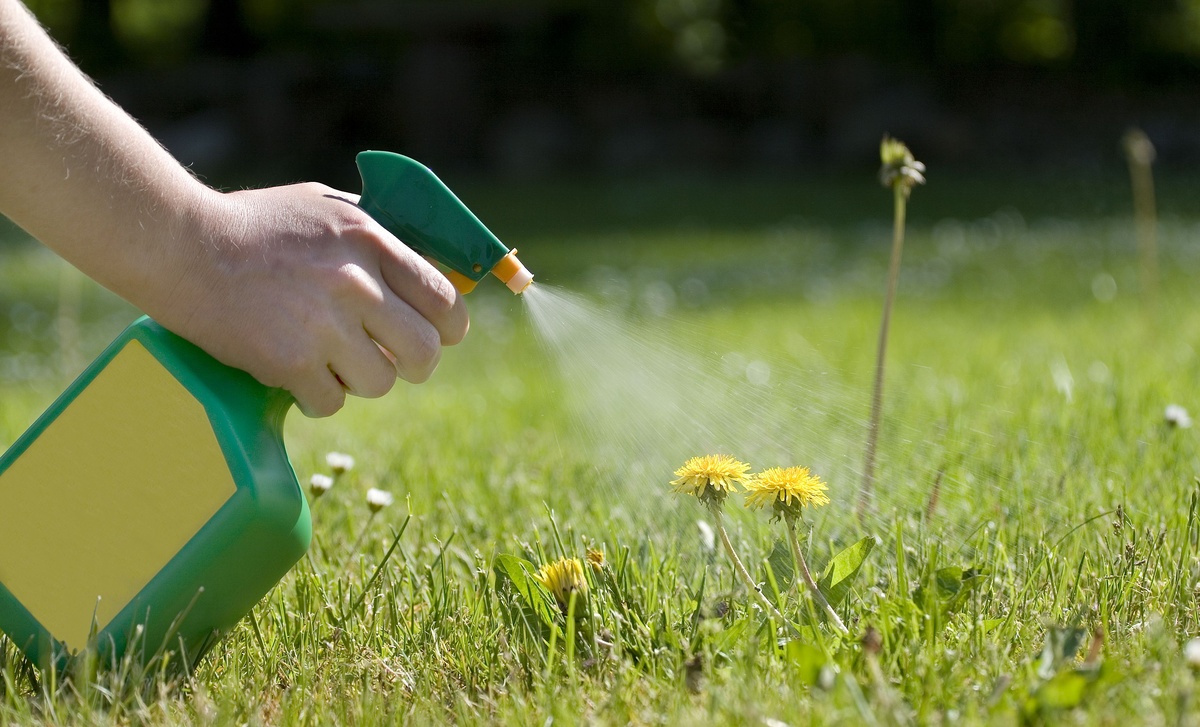
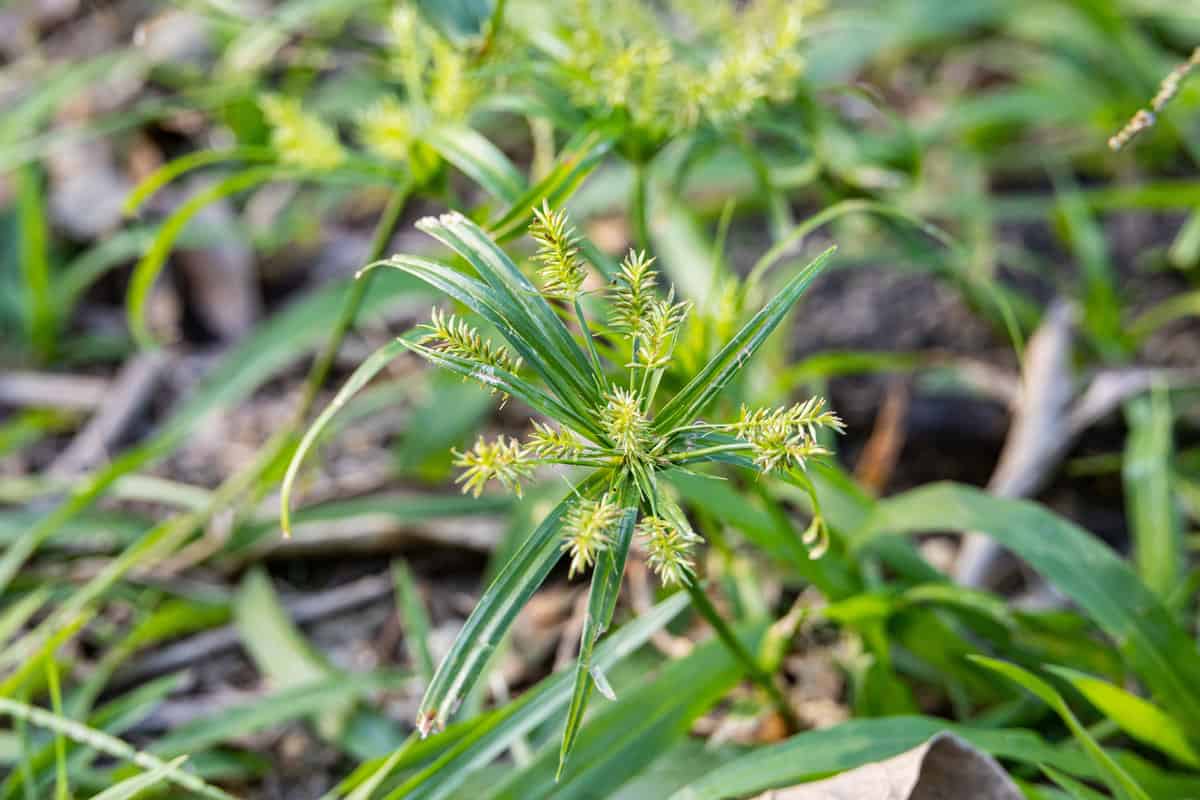
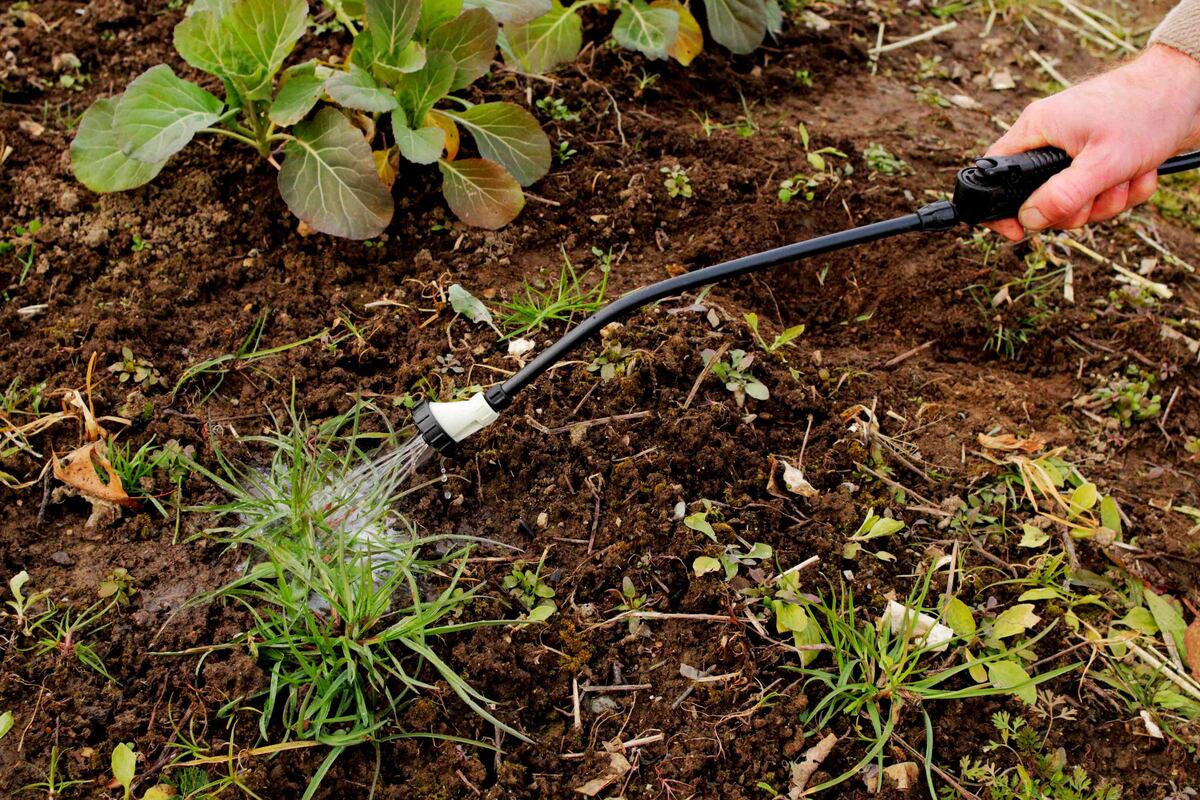
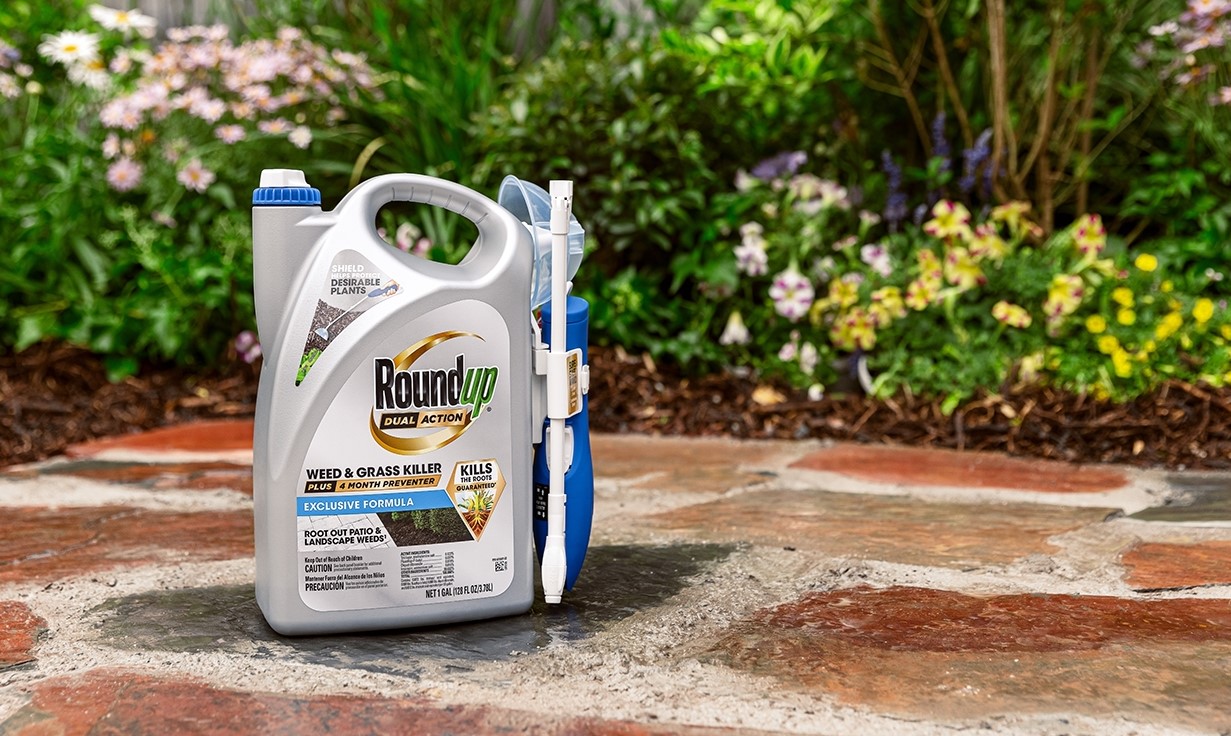
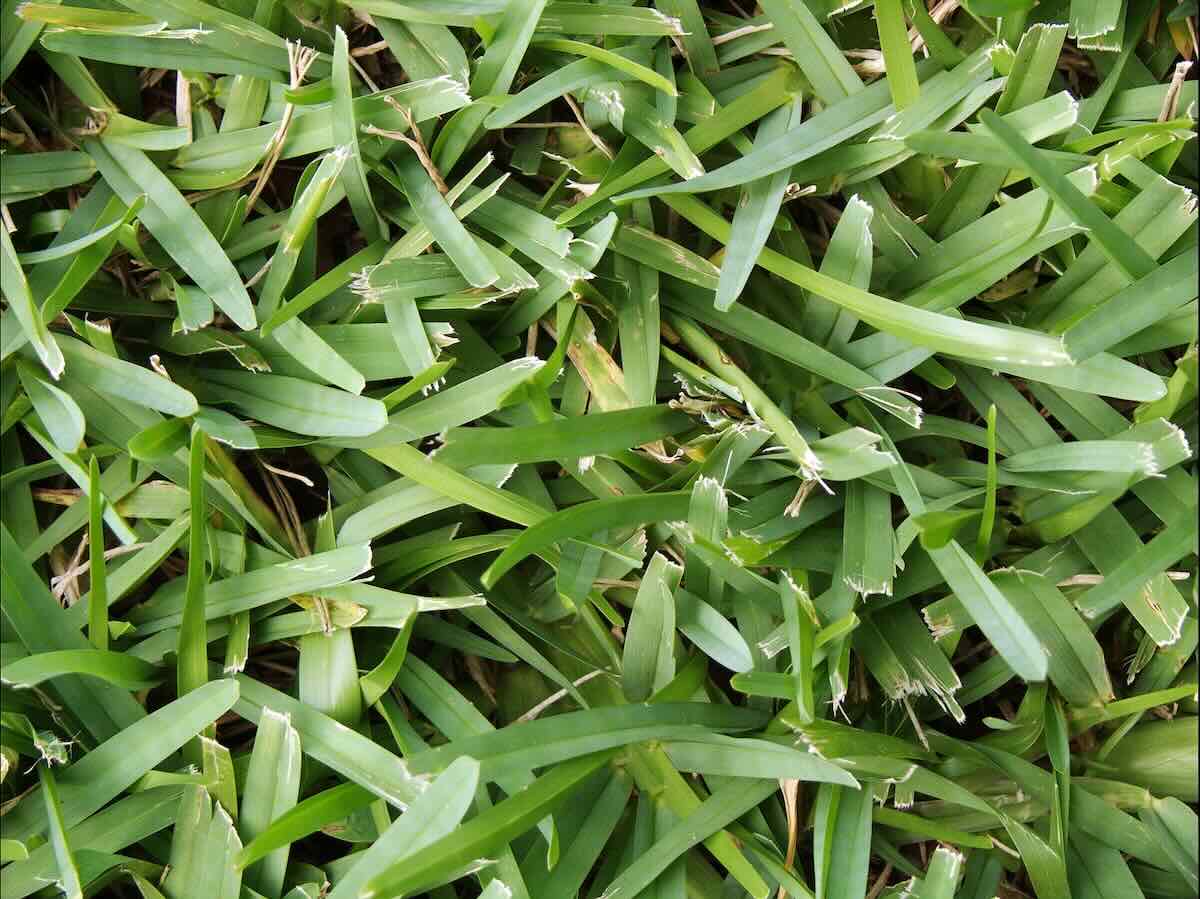
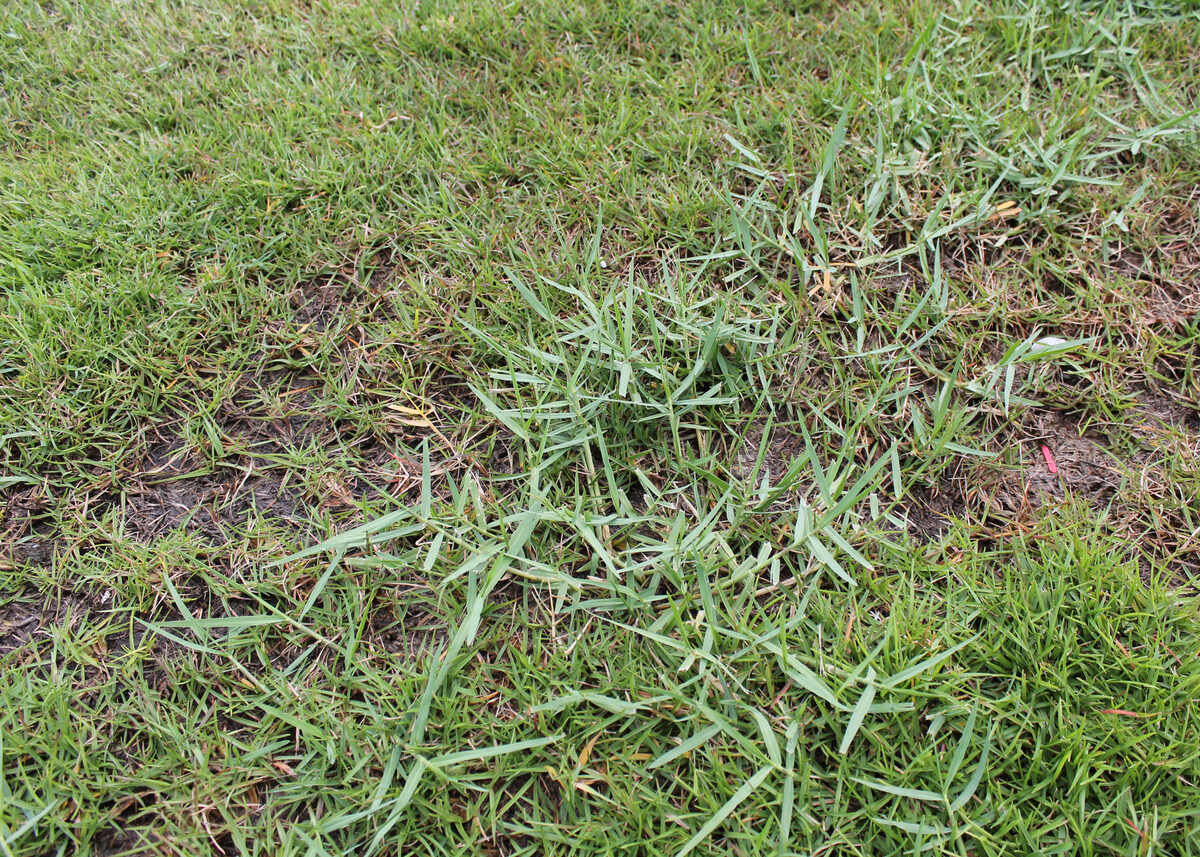
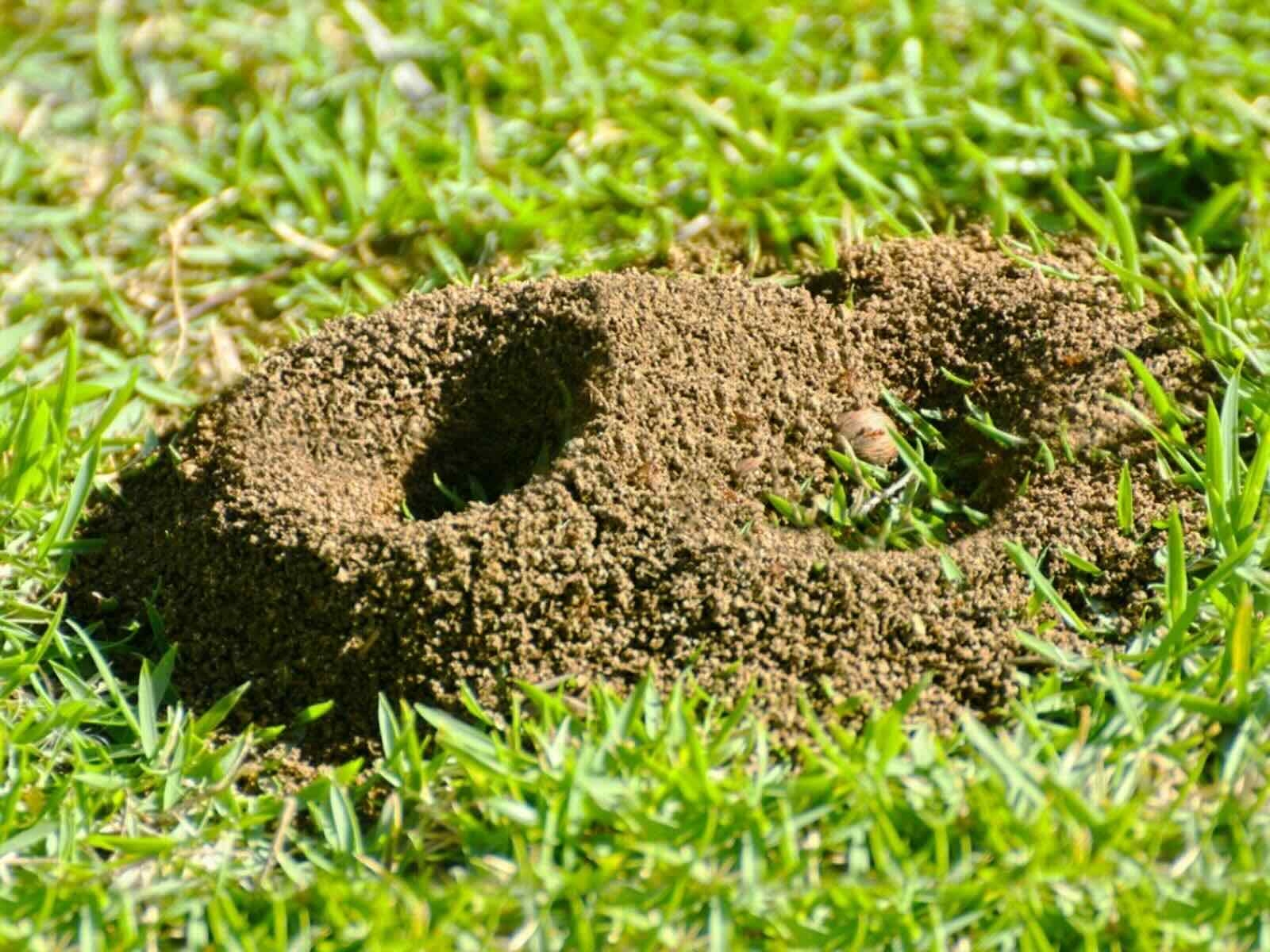
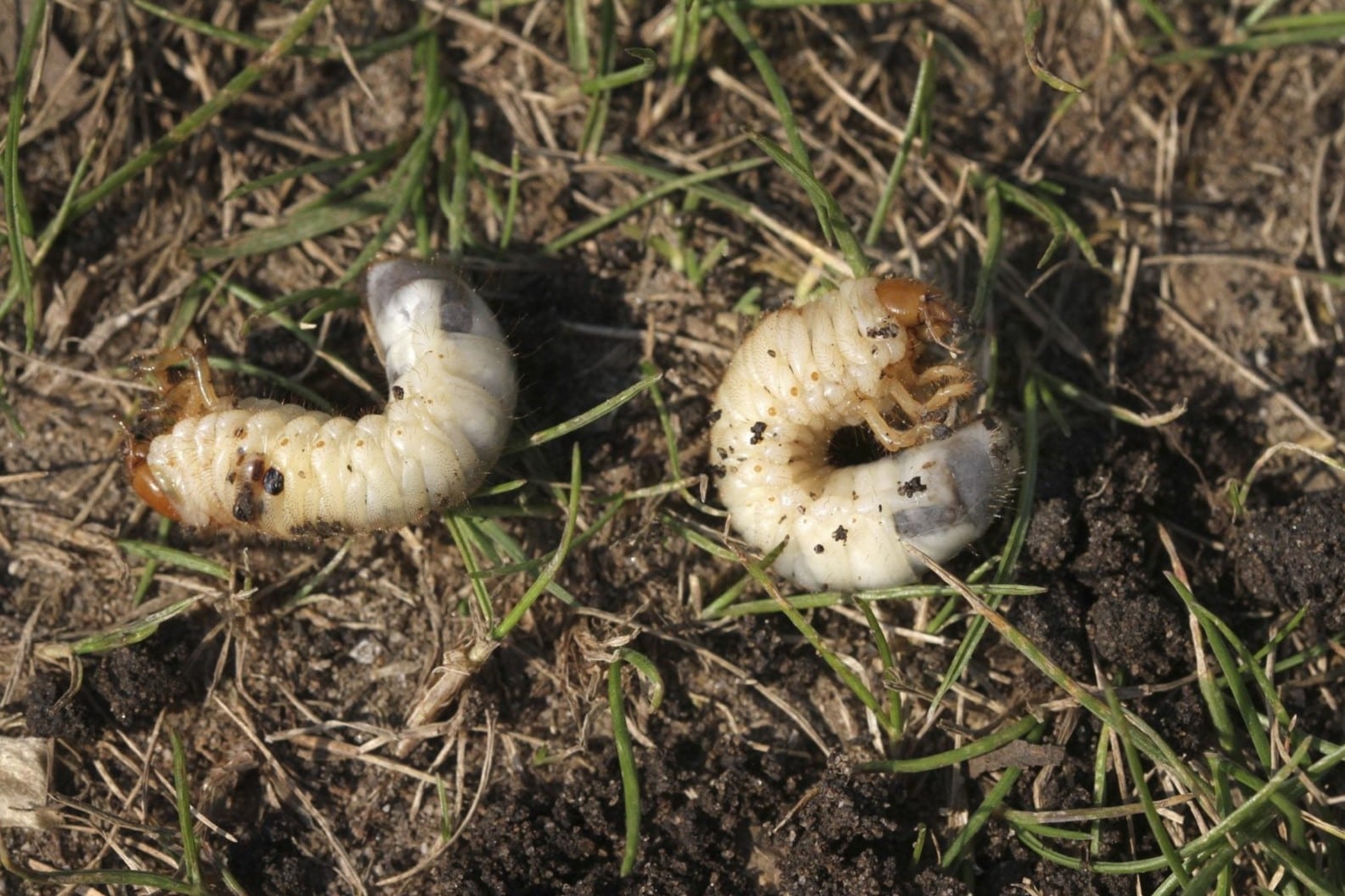
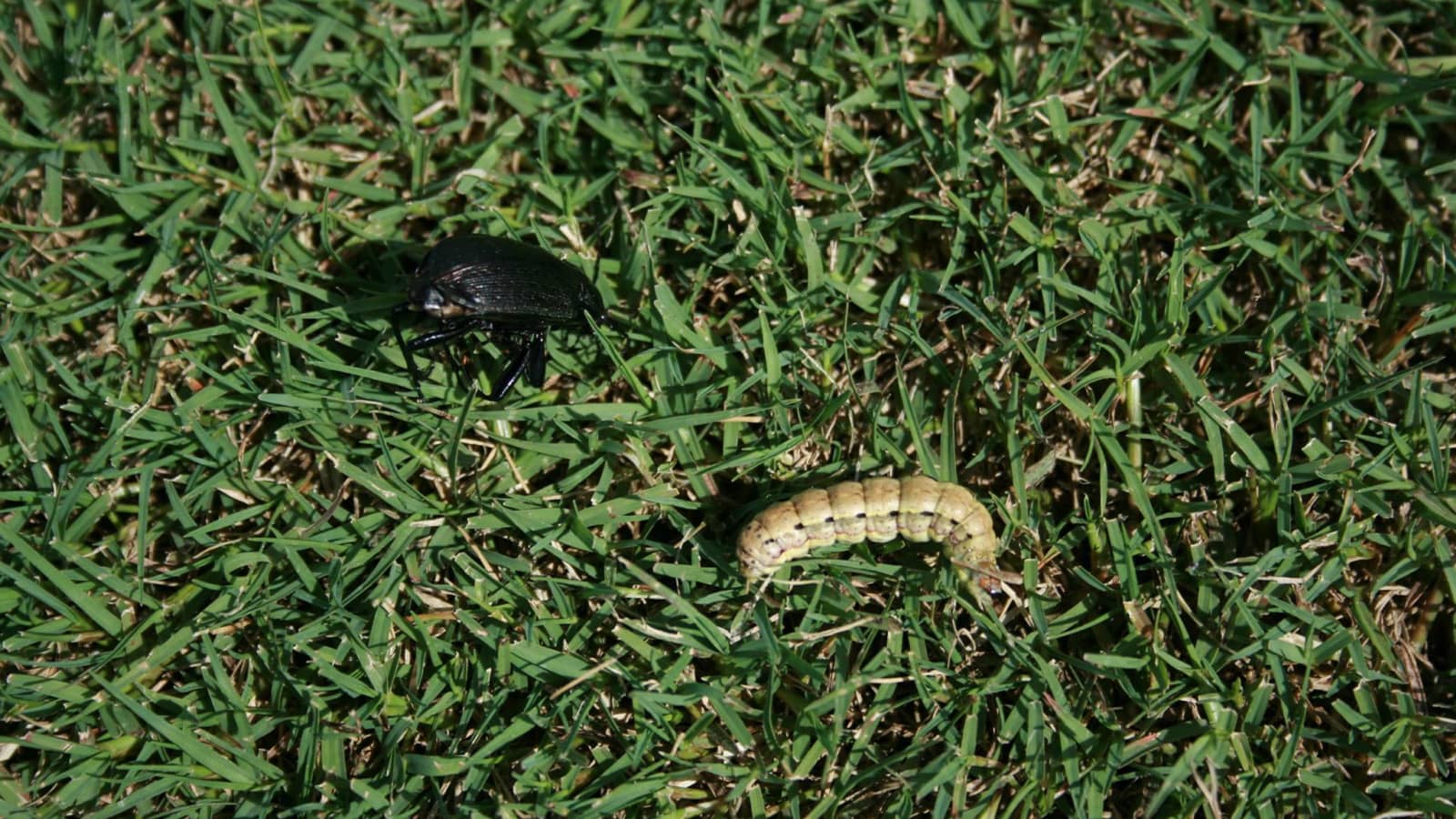
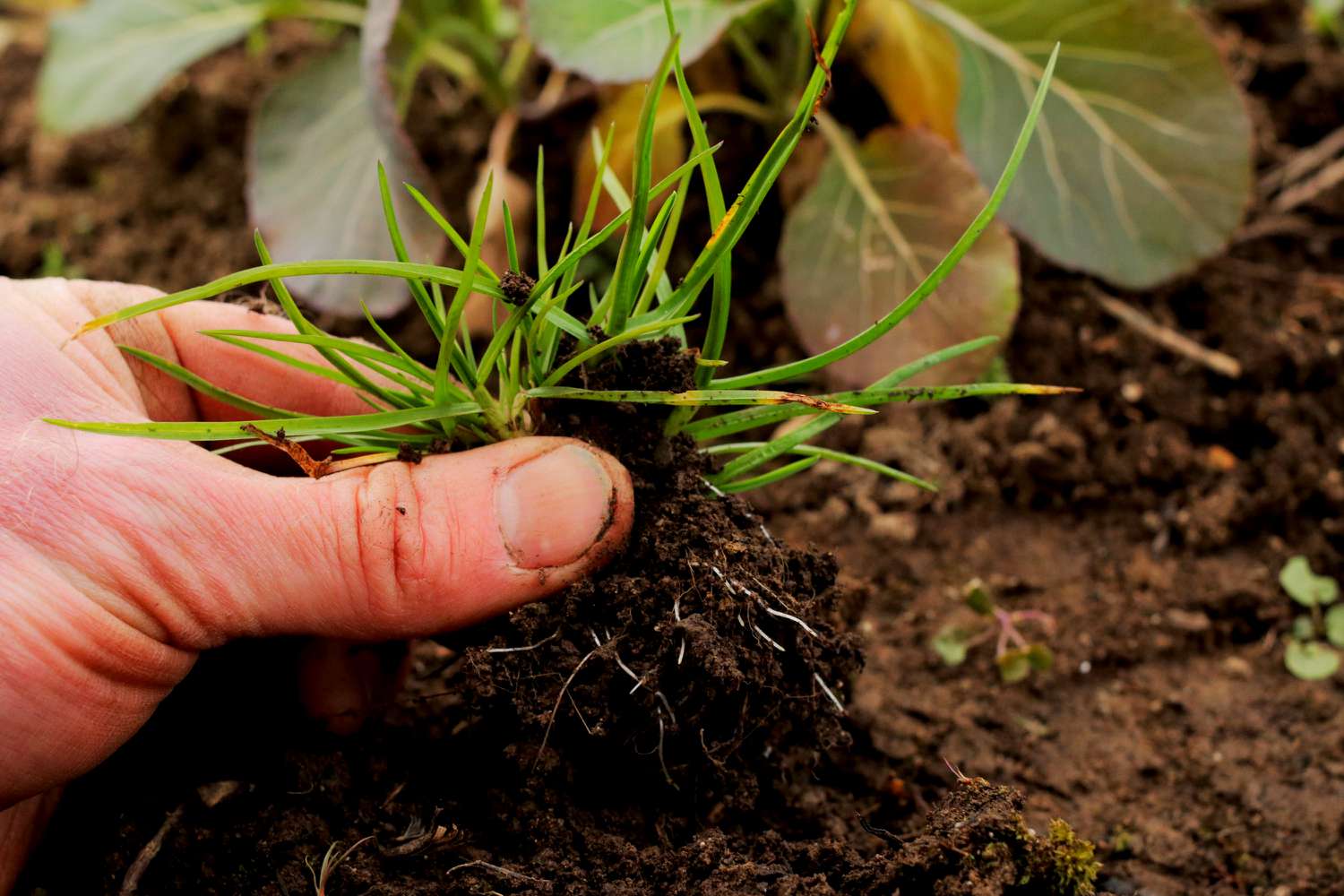
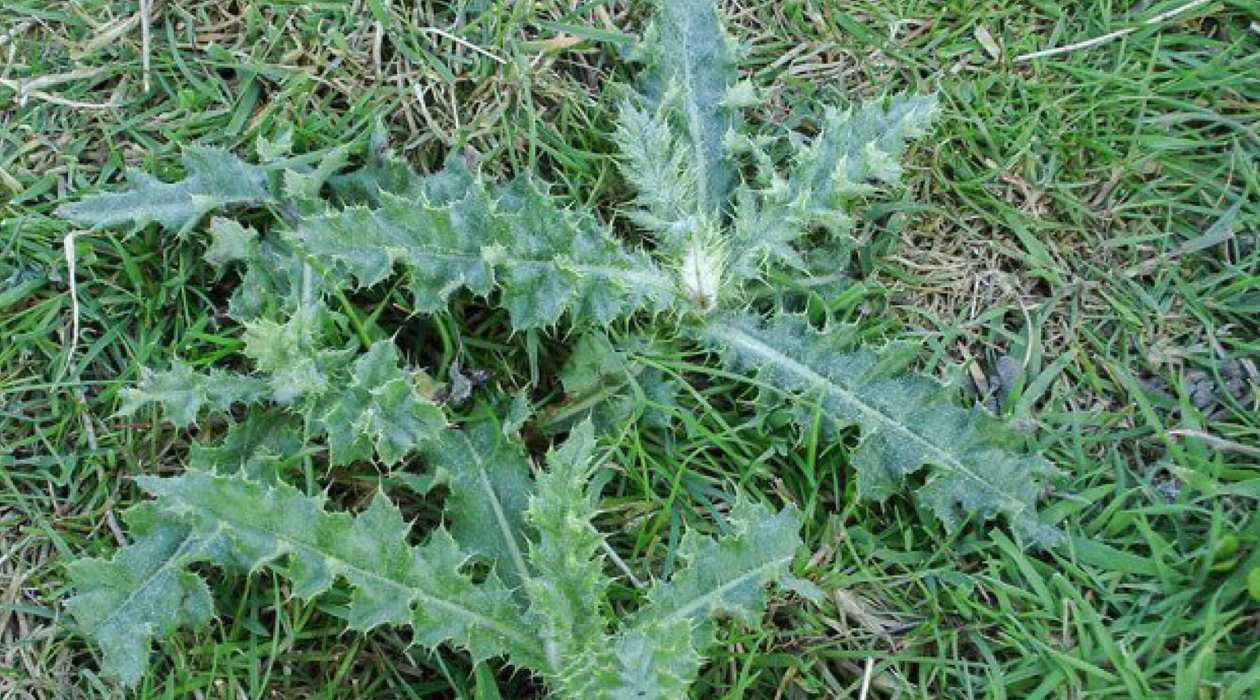
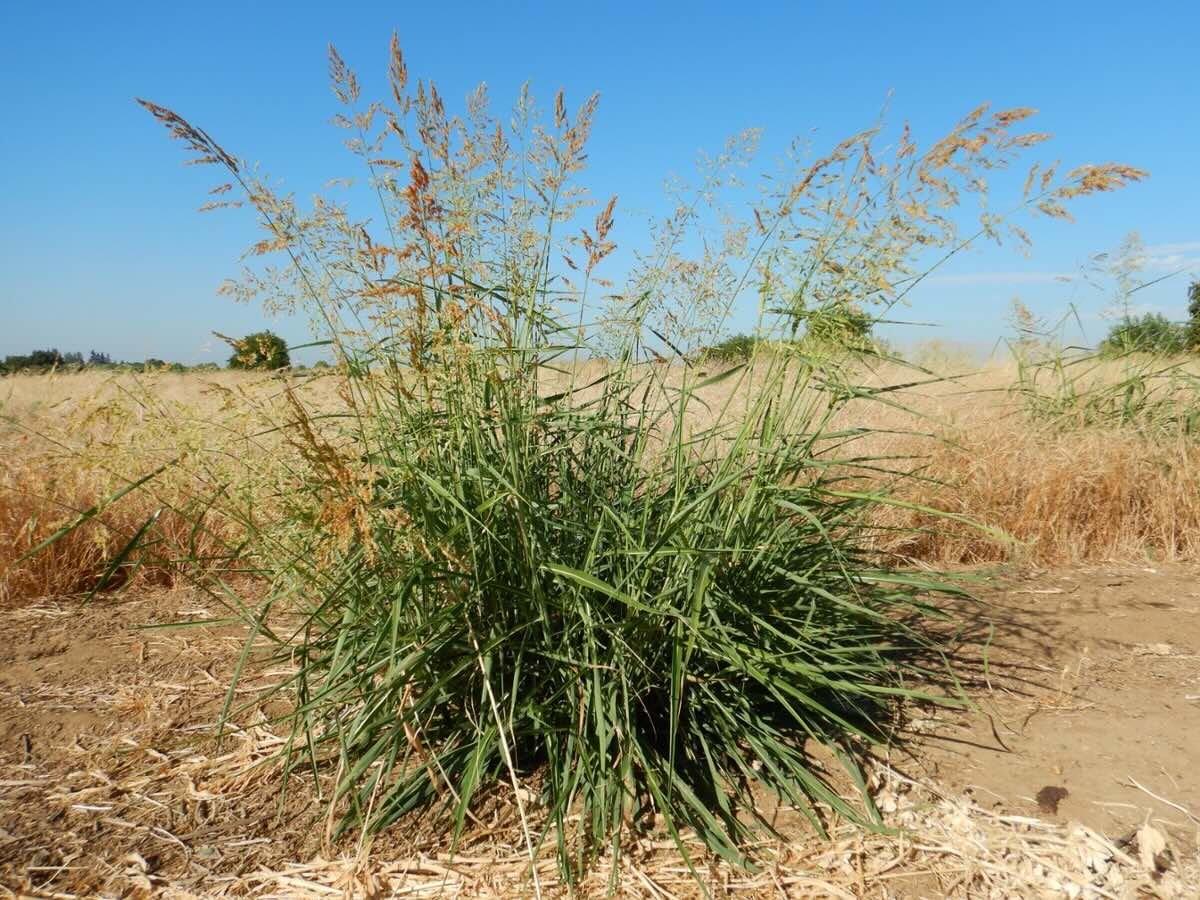
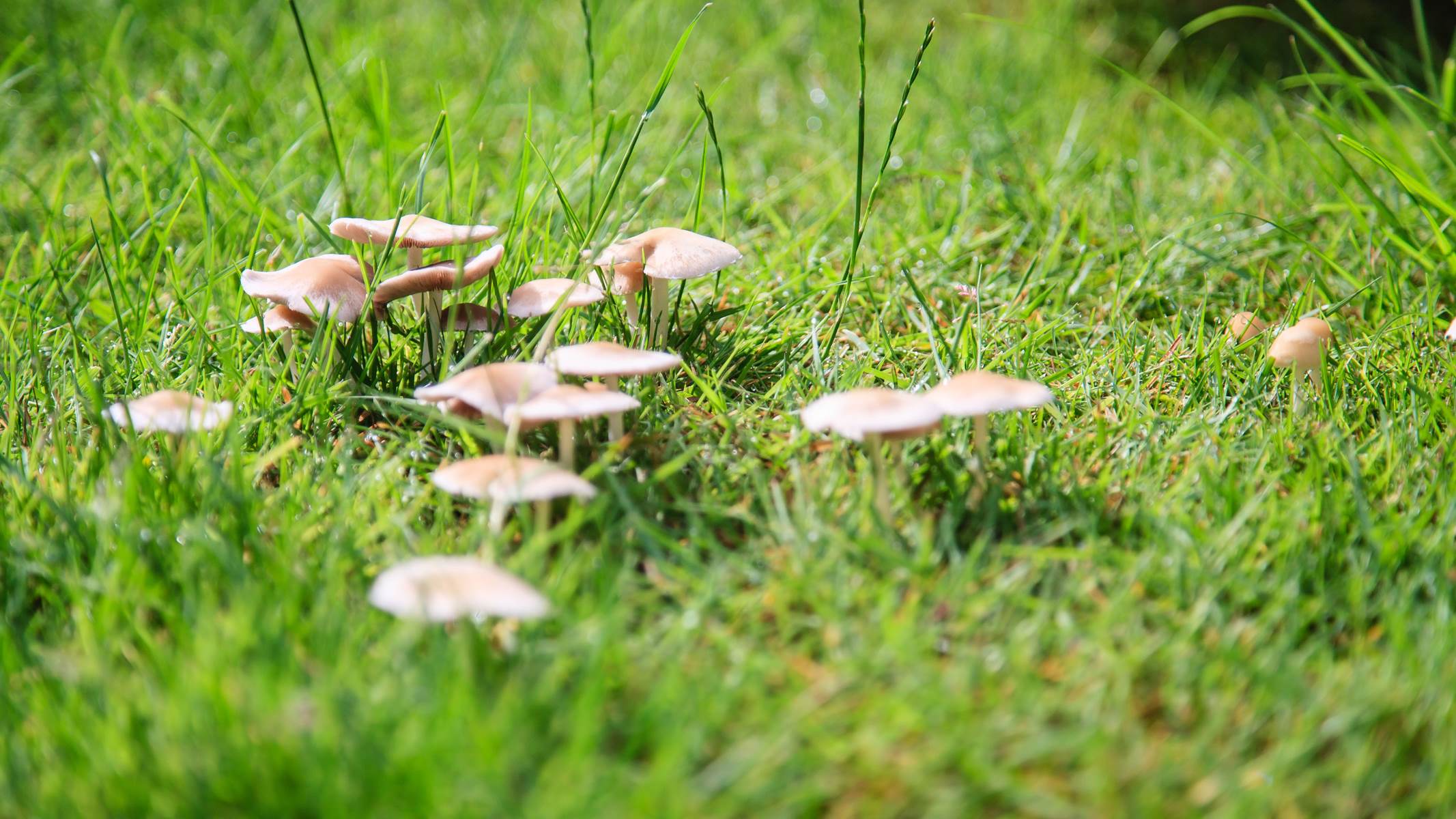
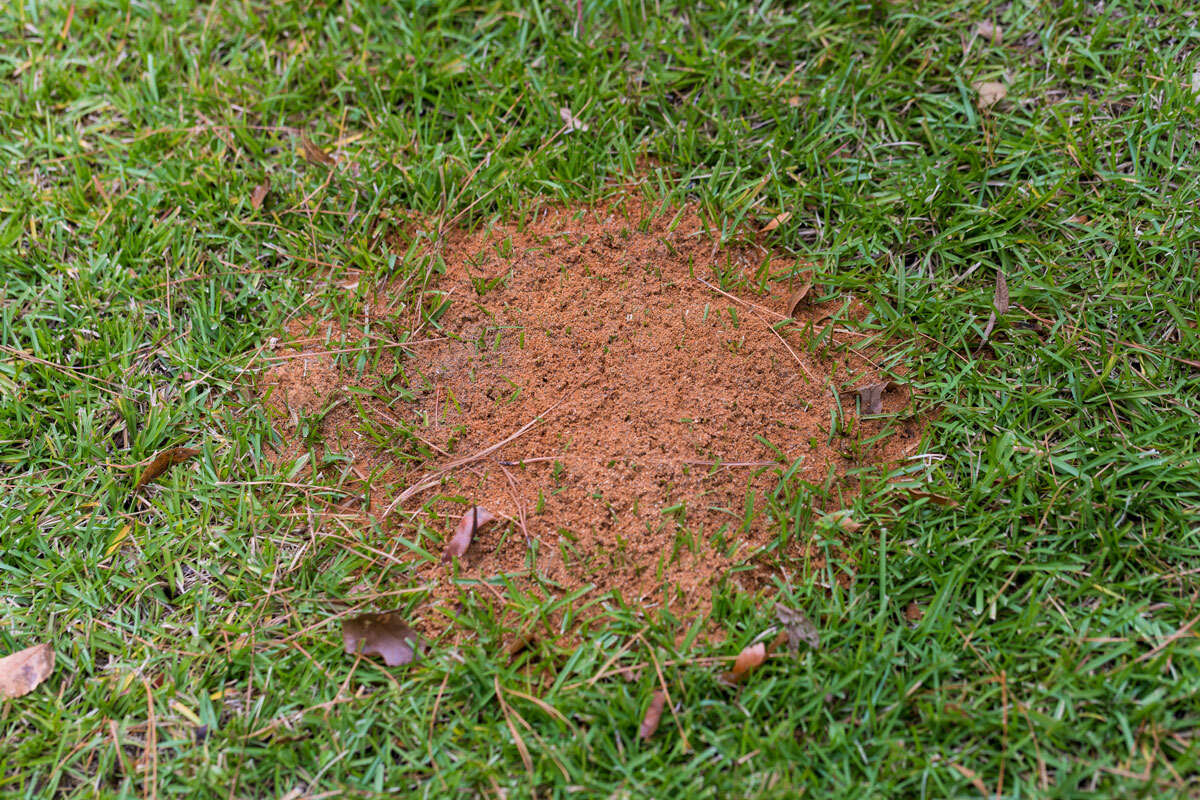

0 thoughts on “What To Use To Kill Crab Grass”